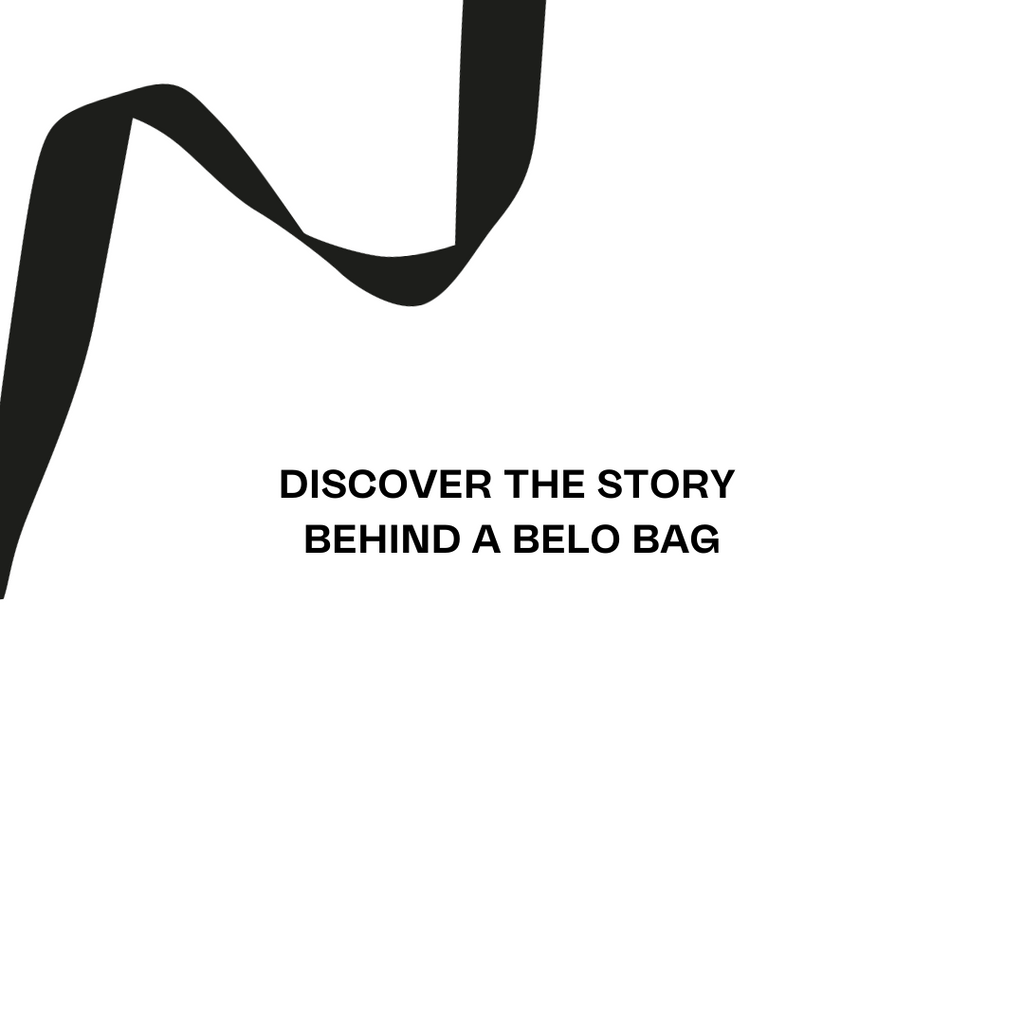Blog
How to design with waste?
How to design and upcycle seatbelts and other waste materials into design led fashion accessories
The fashion industry is not innocent or alone to its contribution to landfill waste. It is actually the largest contributor of textiles into landfill sites. The fashion industry along with other global industries has an ongoing addiction to plastic. Each year, the fashion industry uses 342 million barrels of petroleum to produce plastic-based fibres such as polyester, nylon or acrylic. This equates to 1.35 per cent of the globe’s oil consumption. Of the estimated 17 million tonnes of textiles which are produced each year only 20% of it is reused. The rest end up in landfill, which can have significant consequences considering many of these synthetic materials are non-biodegradable.
This is why we have to design differently and be up to the challenge of re-imagining what waste can be.
Why is BELO designing with waste?
Belo was born to support our community in Belo Horizonte, Brazil and to make community centred sustainable changes. This is why we chose to upcycle seatbelts as there is an abundance of this incredible material that is discarded and leads to a high environmental impact within our community. When we started to study the textiles and other materials that were being discarded we soon discovered how these materials had incredible qualities such as strength, durability, texture, shine and water resistance that we had to explore how we could work with these materials to make beautiful products.
Our design process
Stage one: Backwards Design
Like any fashion design team our first goal is to create beauty.
Our commitment to both people and the planet has led our design ethos to be more beauty, less waste. We design using upcycled and recycled materials. Designing with both upcycled and recycled materials comes with some challenges from the onset, but life would be boring if we didn’t have a challenge or two.
We are trend led and although we remain seasonless we do analyse the trend forecasting to create pieces that will be worn. Before putting pen to paper, we need to know what materials, textures and colourways are available before we can create a collection. From here we then create our mood boards for the new collection. Although there may be limits with colourways, we will always find other ways to inject colours, by combining materials or playing with surfaces. Our design inspiration for shape comes from industrial and architectural objects and we use different textures and colourways to tell the stories that inspire us.
Stage Two: Upcycled and Recycled Materials – The Challenges
When creating a new design particularly from our upcycled materials such as seatbelts we have to consider the properties of the material. Unlike leather recycled seatbelts can’t be skived to create a thinner area to reduce the thickness of material when creating seams. This is just one of the challenges we have to adapt to in the design room. As a team we are continuously working on design and development to problem solve and find new ways to work with these incredible materials and how we can play with texture while still having minimal impact on the environment throughout the process. Nothing feels better than developing a new way of working with our materials.
Stage Three: Waste management starts in the design room.
When designing our products, we want to limit any waste that occurs and in effect work towards zero waste production. This is where the inspiration for our smaller products come from.
Waste Management includes designing for the life cycle of the product. Working with upcycled materials makes closing the loop even more challenging but we are continuously committed to effectively closing the life cycle of the product and becoming truly circular.
Stage Four: Prototyping
As per with any accessory designer who works with more traditional materials such as leather, we start with pattern cutting our designs with paper so we can transform our thoughts into a 3D object. This is a great path to understand the challenges we might face, what seams and finishing we might need to consider.
The next step is prototyping is transforming the design into a 3D model using the actual materials. This is the most challenging part of the process, particularly if we are building a new structure/shape we haven’t worked with before. We might need to review what machinery we need to enable the structure to be a success. Dependent on the complexity of design this part of the process can take 2 weeks to 6 months or even longer to complete to ensure that we are only producing the highest of quality products.
Re-imagining what can be fashion
It is a challenge to re-design waste particularly to a luxury level. Our team of artisans have developed over the years the high level of skills required to achieve what we once thought was impossible. But the appeal to design with these materials is not only to do with our impact on both people and the planet but also the fact that these materials have incredible and beautiful properties that need to be worn.
Discover our luxury upcycled seatbelt handbags and accessories via our shop now page.



